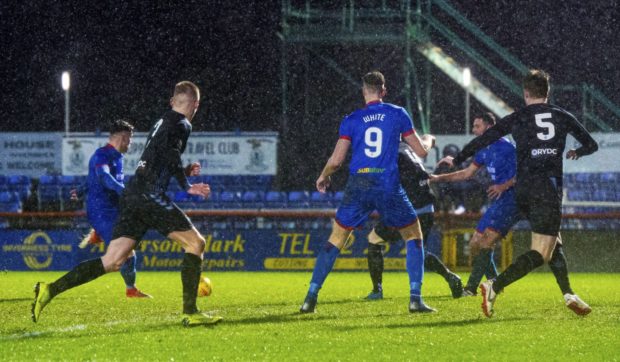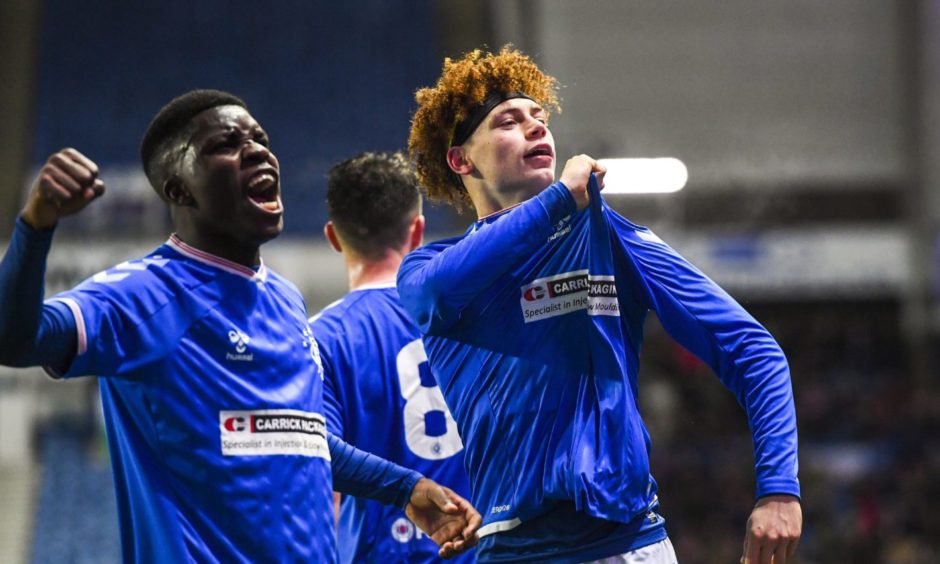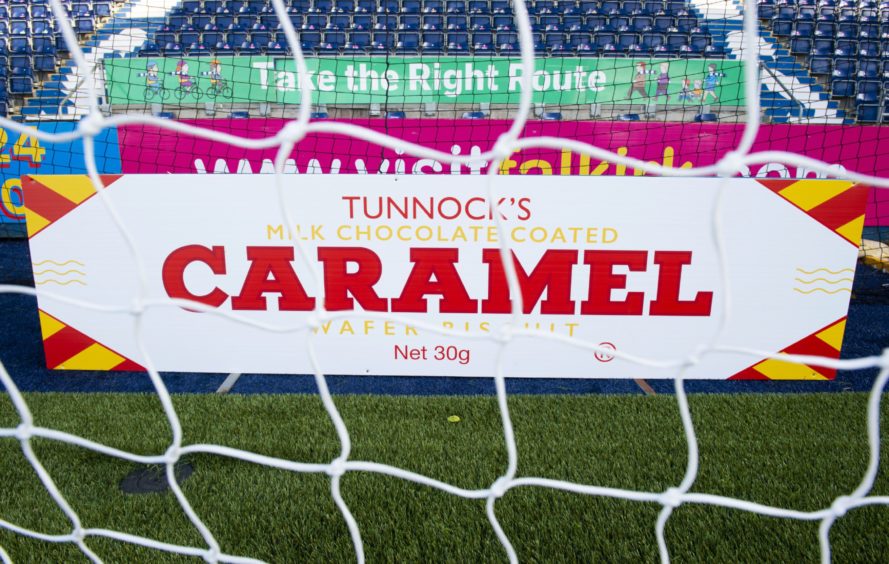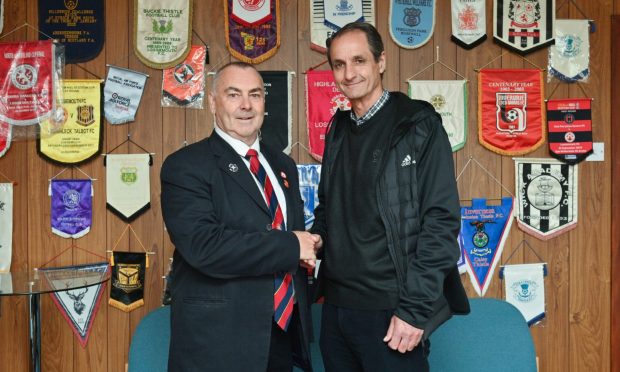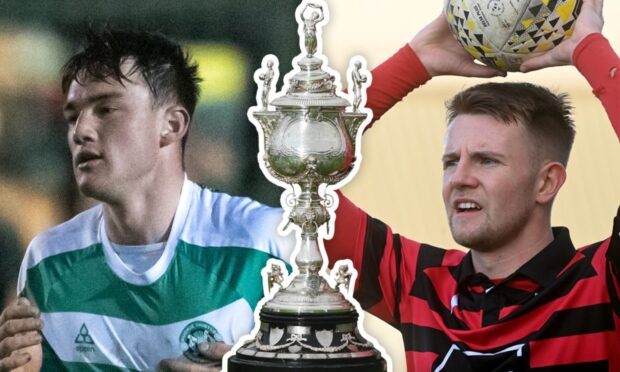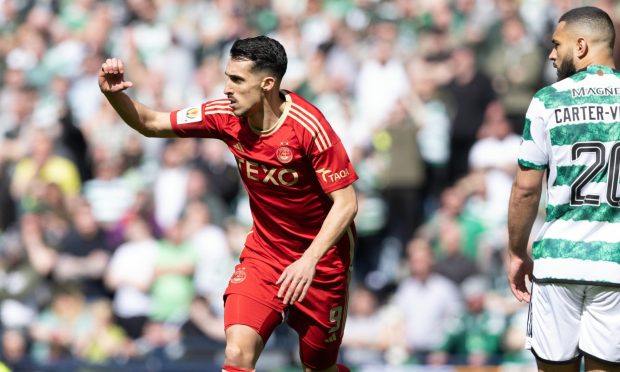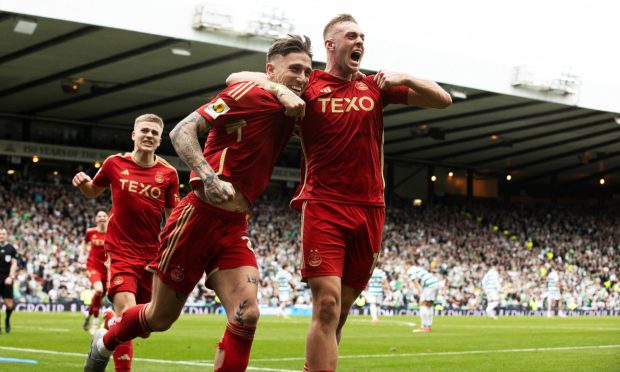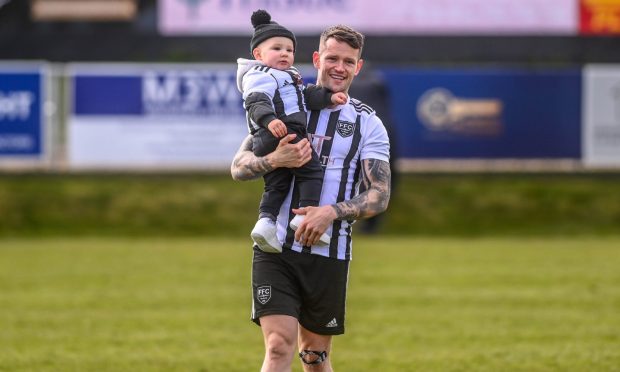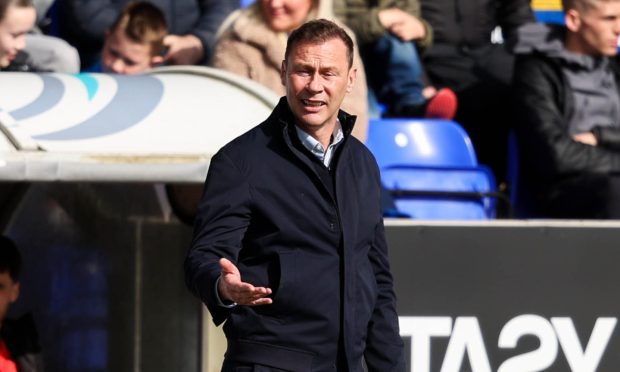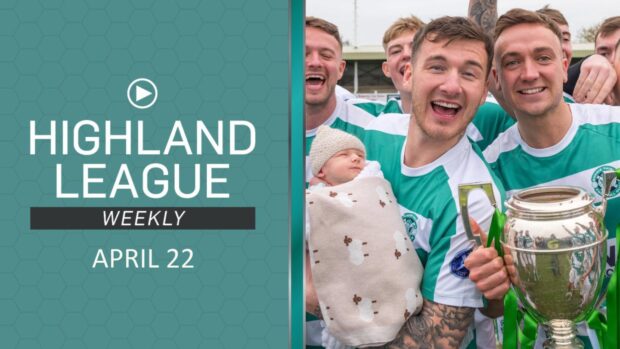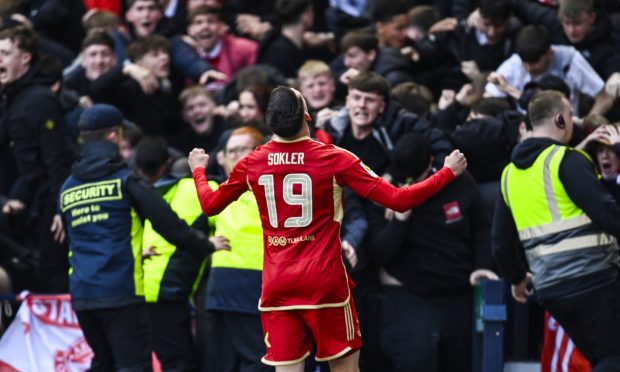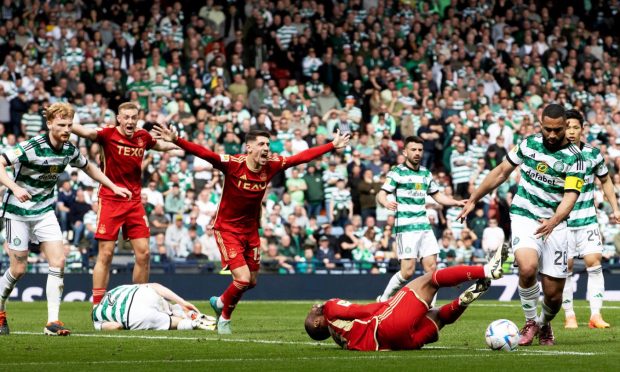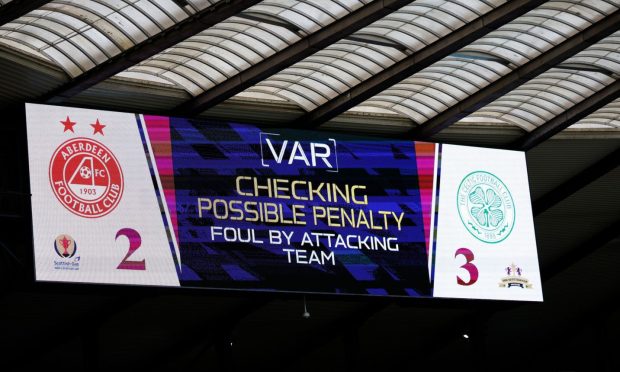The issue of colts teams entering the SPFL keeps resurfacing over and over again. This past week was no different.
After it appeared Rangers and Celtic’s hopes of entering B teams into an expanded League Two had fallen by the wayside, the Lowland League indicated they had started talks with the Old Firm clubs to enter colts teams on a one-season basis.
This was predictably met with a healthy amount of scepticism and disdain, as an old idea gets a fresh coat of paint and is presented in front of Scottish football’s Dragon’s Den again.
There will be more than a few raised eyebrows at the idea of this being a one-season experiment. If Rangers and Celtic find it beneficial having their colts teams in the division – they are reported to be offering £25,000 each to participate – then they will remain beyond that.
Would they be eligible for promotion? If they were somehow to win the title, it would be a way of the two clubs getting their wish of having colts in the SPFL.
It would also do a disservice to community clubs further down the pyramid, who may have put in significant investment to progress but see their way blocked by the two biggest clubs in the land wanting to parachute their B teams in.
The proponents for this idea advocate the youngsters playing regular men’s football in order to progress. A valid point. Speak to any young player coming out of a youth/academy system and the lack of competitiveness always comes up.
They also point to the structure of many continental leagues, such as Spain, Portugal and Germany, where B teams operate within the senior league system. However, very few of these teams actually progress up the ladder and offer little in terms of fan support.
Crucially – and this is where the plan falls through in my eyes – it is not just the biggest clubs from these countries that enter B teams. Getafe, FC Koln and Vitoria Guimaraes all have colts teams lower down the pyramid; you could not really admit Rangers and Celtic and exclude other clubs in Scotland.
Peterhead manager Jim McInally – a long-standing critic of the idea of colts teams in Scotland – has stated it is not Scottish football’s job to do the work of Rangers and Celtic by helping develop their players.
Colts teams have been able to play in the Challenge Cup for the last five years and apart from Rangers making the semi-finals in 2020, have made little impact.
The loan system is a simpler alternative, where you can get players game-time without having to enter a team into the league. You can even set up strategic partnerships, as Hibernian did with Stenhousemuir.
Players from those squads will not be able to play together as a team in those leagues, but they will at least benefit from playing, rather than compromising the integrity of the league.
The north of Scotland is not immune to this debate either. After Cove Rangers’ promotion to the SPFL, Caley Thistle proposed entering a team into the Highland League.
This was turned down by the league, with Inverness instead forming a partnership with Fort William and sending nine players on loan there.
The colts argument appears to share similarities with the recent failed European Super League idea. The bigger teams want it and no matter how many times it is objected to or shot down, it keeps re-emerging like an unwanted phoenix.
